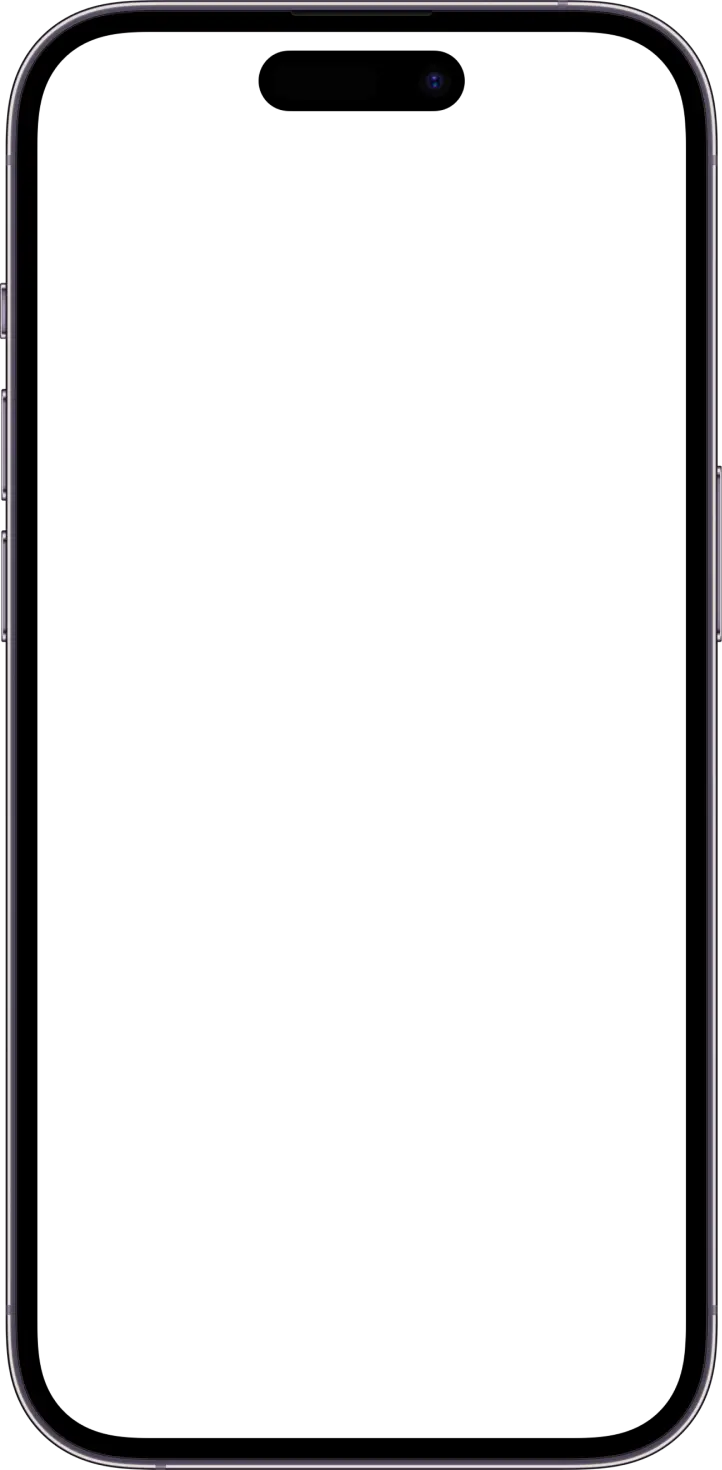ECO-SUSTAINABLE TRANSPORT
Sustainable Ride Sharing

Ride Plus is a rideshare application designed to optimize user experience by providing accessible, efficient, and user-friendly ride-hailing solutions. This case study highlights the UX/UI research, competitive analysis, user insights, and design iterations that shaped the final product.
Background
The rideshare industry has revolutionized urban mobility, yet many existing solutions fail to meet the needs of all users. Common complaints include unreliable service, lack of accessibility features, unclear pricing models, and limited user control over ride preferences. Ride Plus was conceived to bridge these gaps by focusing on an inclusive, transparent, and user-friendly experience. Through extensive research, competitive analysis, and iterative design, this case study explores how Ride Plus sets a new standard for rideshare applications.
Research & Planning
I relied on competitive analysis, user interviews, affinity mapping and a full market research of the current available applications to shape my design while also ensuring that I was targeting user pain points. I researched other rideshare applications, analyzing their flows, navigation structures, and UI patterns to inform our approach. To gain deeper insights, we conducted a thorough market analysis, evaluating how onboarding, ride selection, and ride experiences were structured.
The goal was to aim for something simple, allowed users to feel comfortable by providing a seamless and transparent ride-hailing experience by prioritizing accessibility, ride customization, and pricing clarity. By integrating real-time ride adjustments, personalized ride preferences, and enhanced accessibility options, Ride Plus ensures a more inclusive and user-centric rideshare solution.
User Survey
To start off the design case study, I conducted surveys with 5 participants
Focus Areas
How do you currently use rideshare apps?
What factors influence your decision to use a particular rideshare service?
What features do you value the most in a rideshare app?
What are your biggest frustrations with existing rideshare apps?



User Interviews
A series of in-depth interviews were conducted with 3 participants to further dwell into the problems and gather further insights, pinpoint user pain points, frustrations, needs and goals.
Key Takeaways
Integration of easily understood illustrationsResearch on how successful companies perform their onboardingGave the User Direction and Control over the Onboarding process
Competitive Analysis
A competitive analysis was conducted to identifty competitors strengths and weaknesses to inform the structure of the applicationidentify
Carving out a niche in very saturated market
After conducting research, user surveys, and interviews, we synthesized all participant feedback to identify key themes, goals, and needs for RidePlus to focus on.
Persona
A persona was crafted after the data collection phase to help drive decision making and keep the product focused on solving user pain points, issues and frustrations.
Ideate
To kick off the design process, I decided to map out a quick initial user flow followed by wireframe sketches to solidify the design direction I wanted to go.
User Flow
The Primary User Flow was created to guide the process of guiding a user to book a ride
Sketches
Rough sketches were performed to get my initial thoughts out and focus on certain brainstormed UI elements.
Wireframes
The rough sketches were then used to guide the wireframing process.
DESIGN
The Ride Plus case study showcases how UX/UI design, driven by user research, can create a more inclusive and efficient rideshare experience. By identifying core pain points, implementing user-centric solutions, and iterating based on testing, Ride Plus sets a new standard for the industry.
Key Takeaways
Ride Plus successfully addressed gaps in the rideshare industry by prioritizing accessibility, user control, and transparency.
The iterative design process, backed by user research and competitive analysis, led to a product that enhances the ride-hailing experience for a diverse user base.



Ride Plus successfully enhances the rideshare experience by focusing on accessibility, customization, and transparency. By addressing key pain points and refining features through user testing, the app provides a more inclusive and user-friendly alternative to existing solutions.
Positive Experience
Gained insights on the rider application user base
Crafted and problem-solved a big issue that a lot of people were having with modern ride-share applications
Allowed for creative problem solving and a way to leave an impact as well as define a user base a positive experience





















